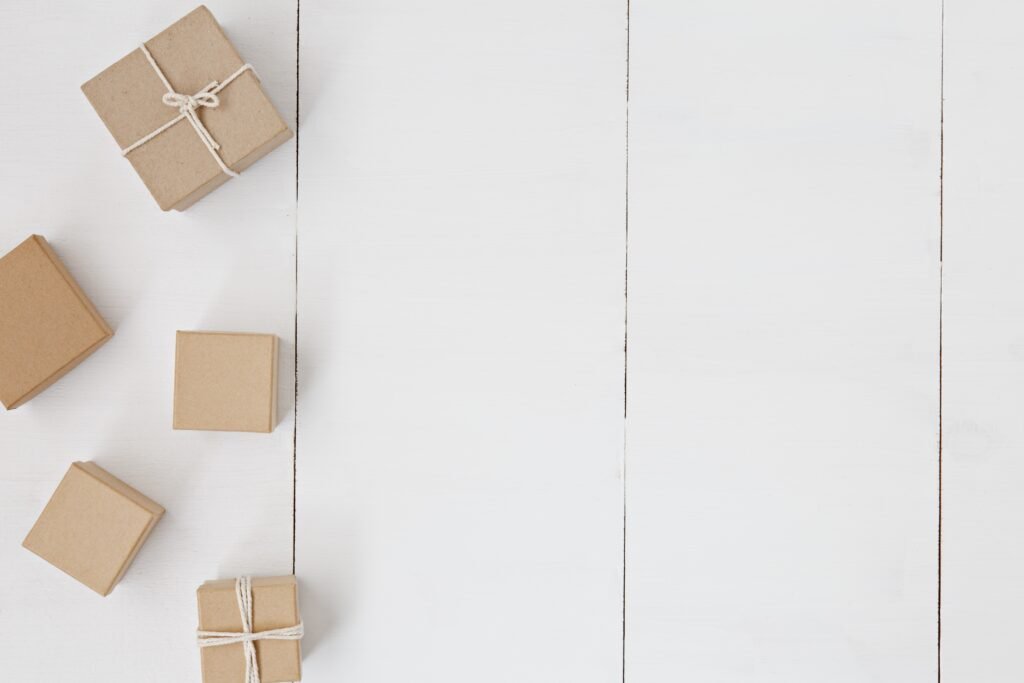As the year begins, it is a good time to examine the impact of sustainability on the packaging of the products. Since Valentine’s Day is around the corner, let’s think about environmentally-friendly packaging solutions that can be used while giving gifts. Every year on Valentine’s Day, millions of cards are sent to your beloved ones, millions of roses are given and millions of bottles are opened. But have you ever thought about where the waste from all the packaging materials goes at the end? During Valentine’s Day, there is an increase of 9 million kilograms of CO2 emission, plus normal emissions released into the atmosphere. It is not just Valentine’s Day, more trash is made on every special occasion from unnecessary packaging. How can we adjust to using more environmentally friendly packaging daily? Let’s look at some sustainable ways to solve the packaging problem.
Sustainable packaging trends for 2023
1. Light weighting
Light weighting reduces the amount of material used to do packaging by improving energy consumption and resource. This method improves sustainability and saves money by using less material. As a challenge for the company, it needs to determine the correct weight of material to make sure that the packaging is not too light.
2. Downsizing
Downsizing is similar to light weighting since it uses less material than the original package size. On the other hand, consumers can be frustrated when they receive fewer products because of smaller package sizes.
3. Bio-based materials

Bio-based materials use packaging materials that come from natural organisms such as algae and crops. Using these materials can improve the production of chemicals, plastics, and biofuels and help companies minimize the environmental impact. In the future, it is expected to see more organizations investing in bio-based materials such as plastics from corn resin or sugarcane.
4. Wash-off labels
Some companies invest in easily-recycled plastics like PET for consumer products. But they use non-compatible labels, which means consumers need to separate these before recycling the packaging. Using bio-based inks for labels that can easily be washed off will make containers made from PET and other plastics more recyclable. Soy-based and vegetable-based inks can be another labeling trend for better environmental impact than traditional inks.
5. Refillable Packaging

Refillable packaging consists of recyclable materials that brands can re-manufacture when the consumers return the empty packaging by making as a valuable packaging alternative for companies that want to have a less environmental impact. This is a cost-saving type of packaging because businesses can reuse it several times. More companies are giving incentives to customers to return the original packaging for a refill at a discounted price.
6. Levels of recycled plastics
Recycled plastics in product packaging need less energy, conserve natural resources, promote sustainable outcomes, and improve landfill space. It is also beneficial for the company by reducing costs and environmental damage.
Changing consumer behavior
Besides the company’s side, consumer behavior is crucial in influencing sustainable behavior. If the consumer has a demand for sustainable products and packaging, the companies will try to redesign their products to get into the market. Individual consumers and shoppers are the main actors in changing the consumption pattern to have a more sustainable lifestyle. Consumers need to be considerate about the products they buy by checking credibility, environmental impact, and sustainable criteria. They should also involve in recycling the packaging and products for daily use to be a responsible consumer.
While giving the gifts, people are worried that the gifts will not look good if the packaging is not good enough. Then, the shops tend to use more materials for additional packaging to look fancier. However, there are alternative ways. Reusable or recycled materials can be used while giving seasonal gifts. For the coming Valentine’s Day, we can use recycled paper or newspapers for wrapping the gifts. In that way, we can still spread the love by exchanging environmentally friendly products and packaging and have a sustainable lifestyle.

References
https://www.mjspackaging.com/blog/2023-sustainable-packaging-trends/
https://www.waste360.com/resources/environmental-impact-valentines-day
https://plasticoceans.org/valentines-day-and-plastic-pollution/

